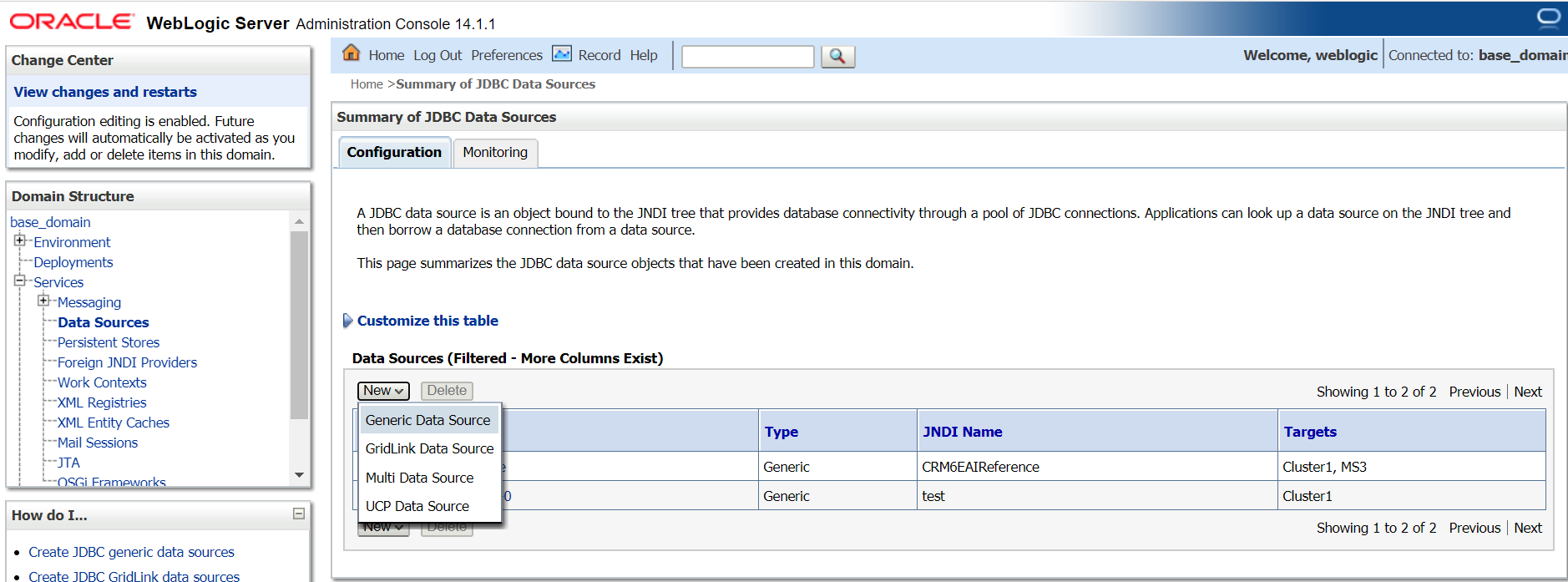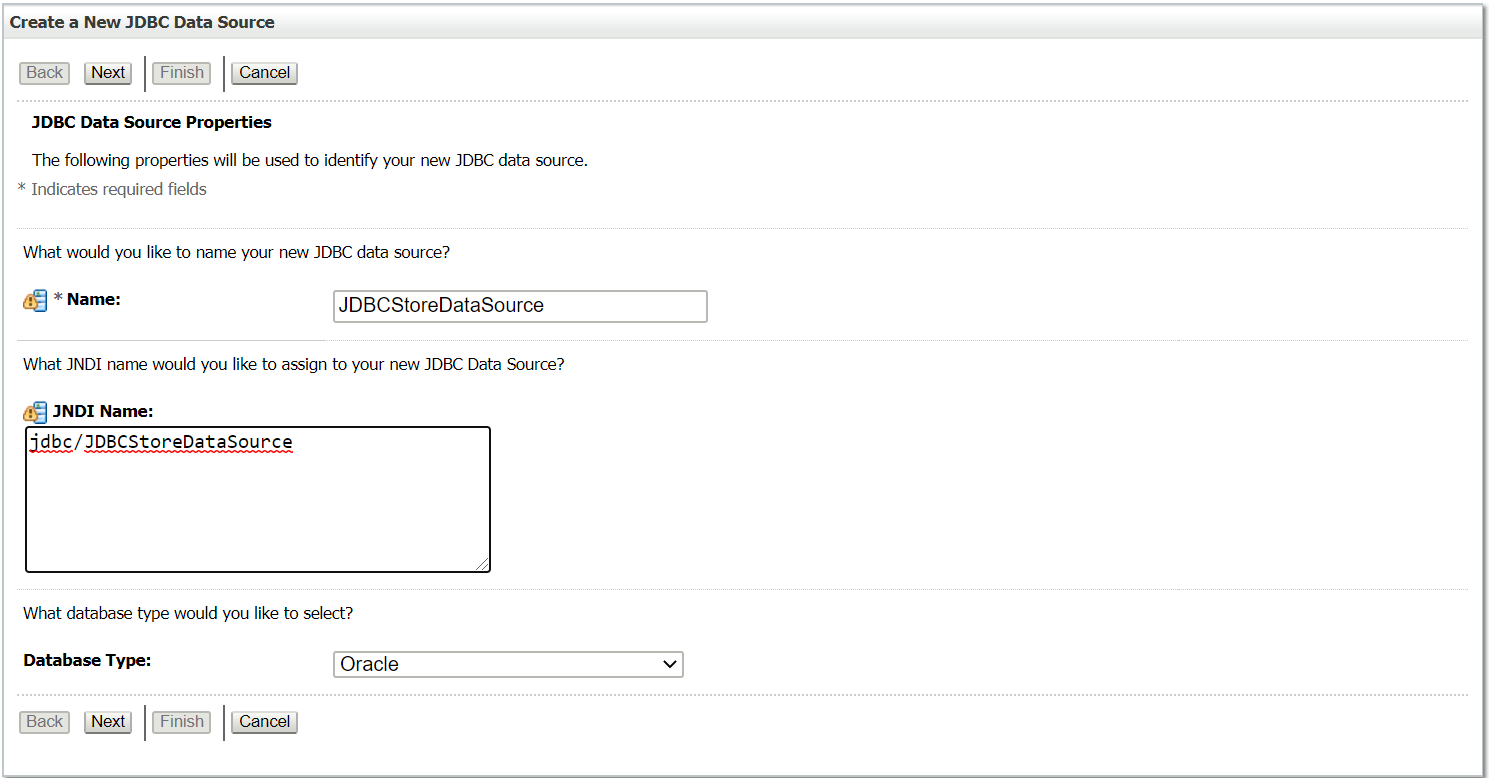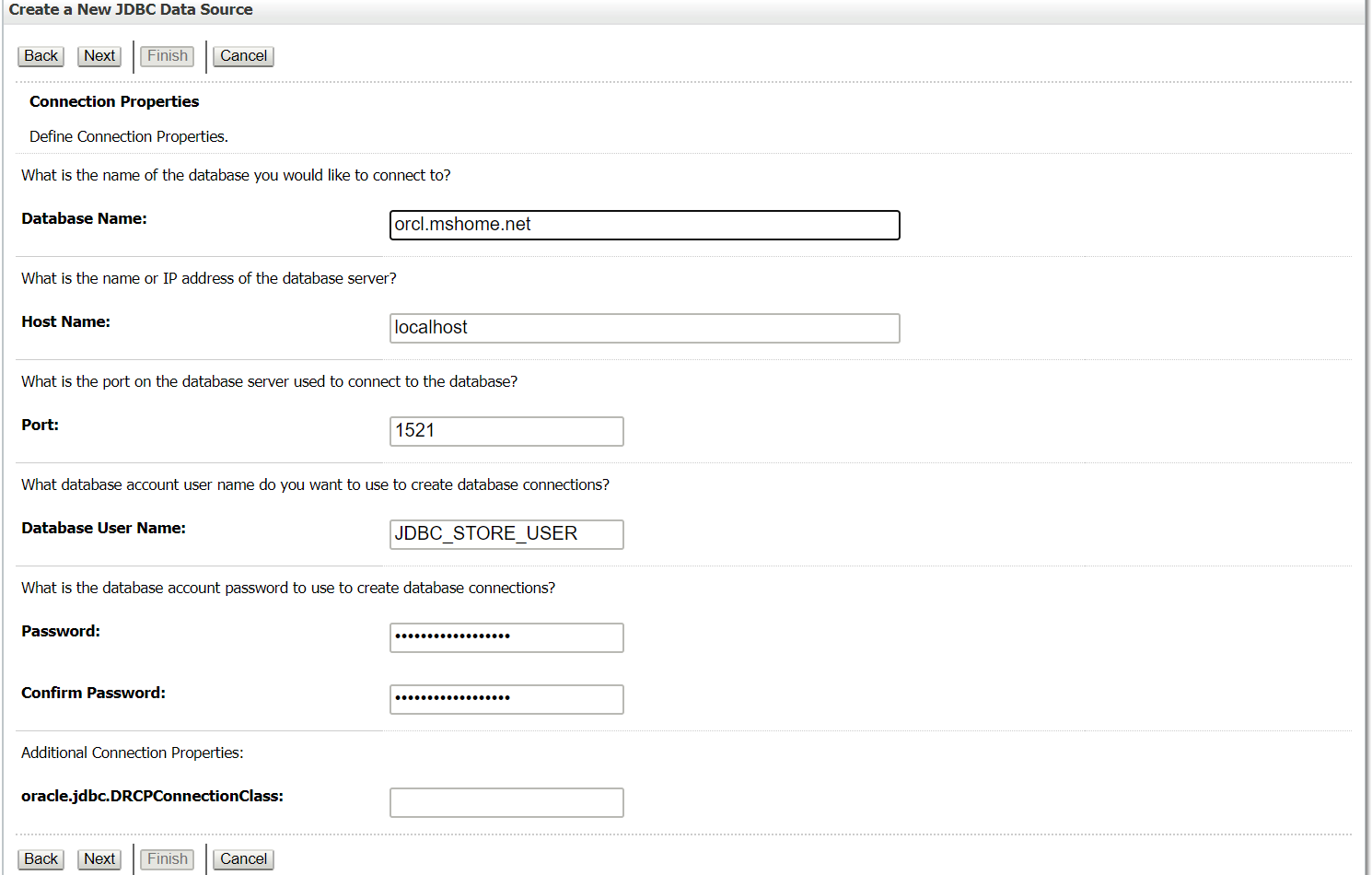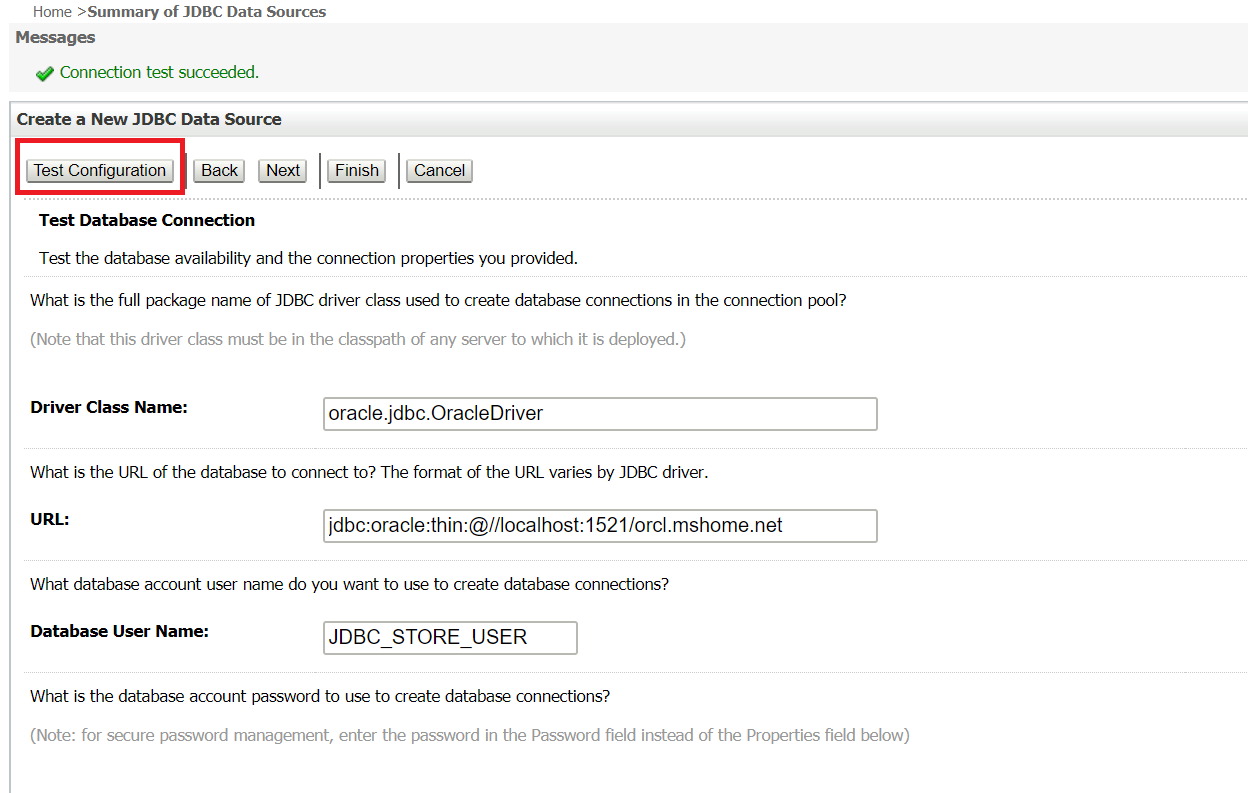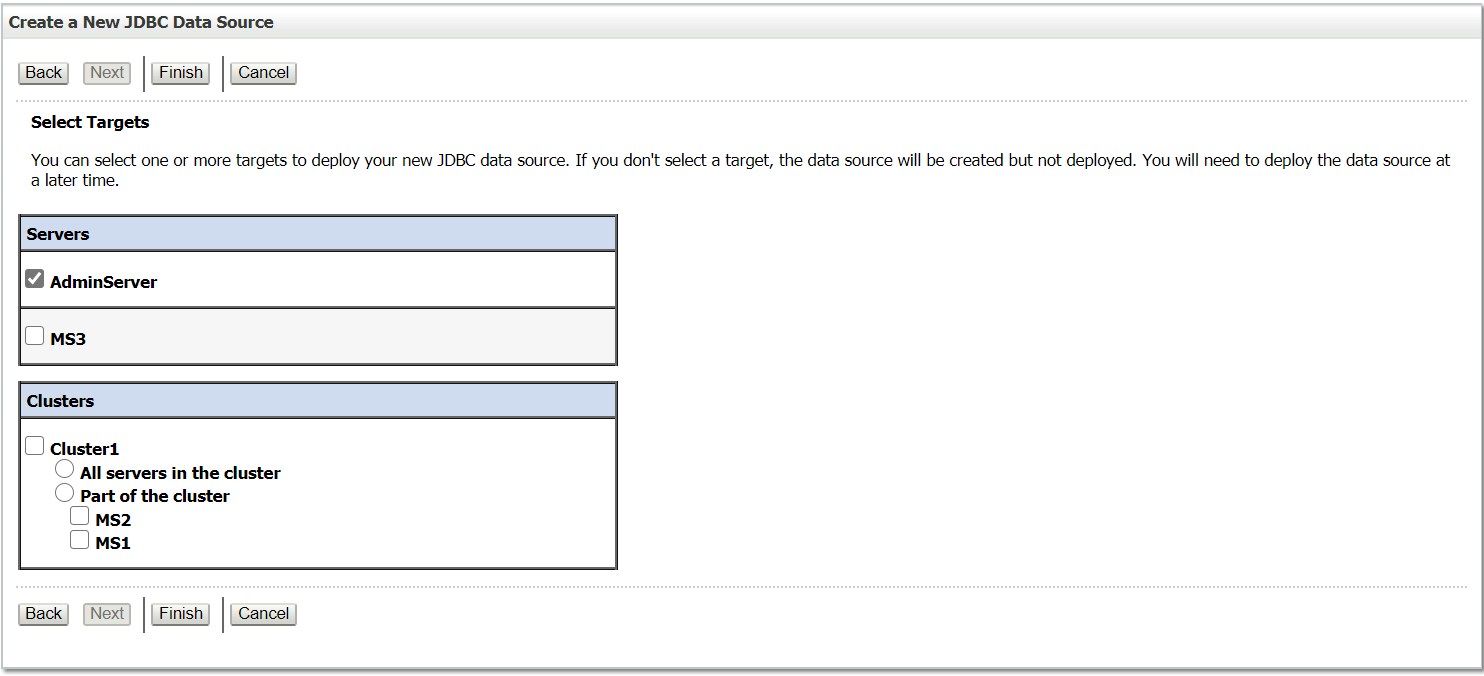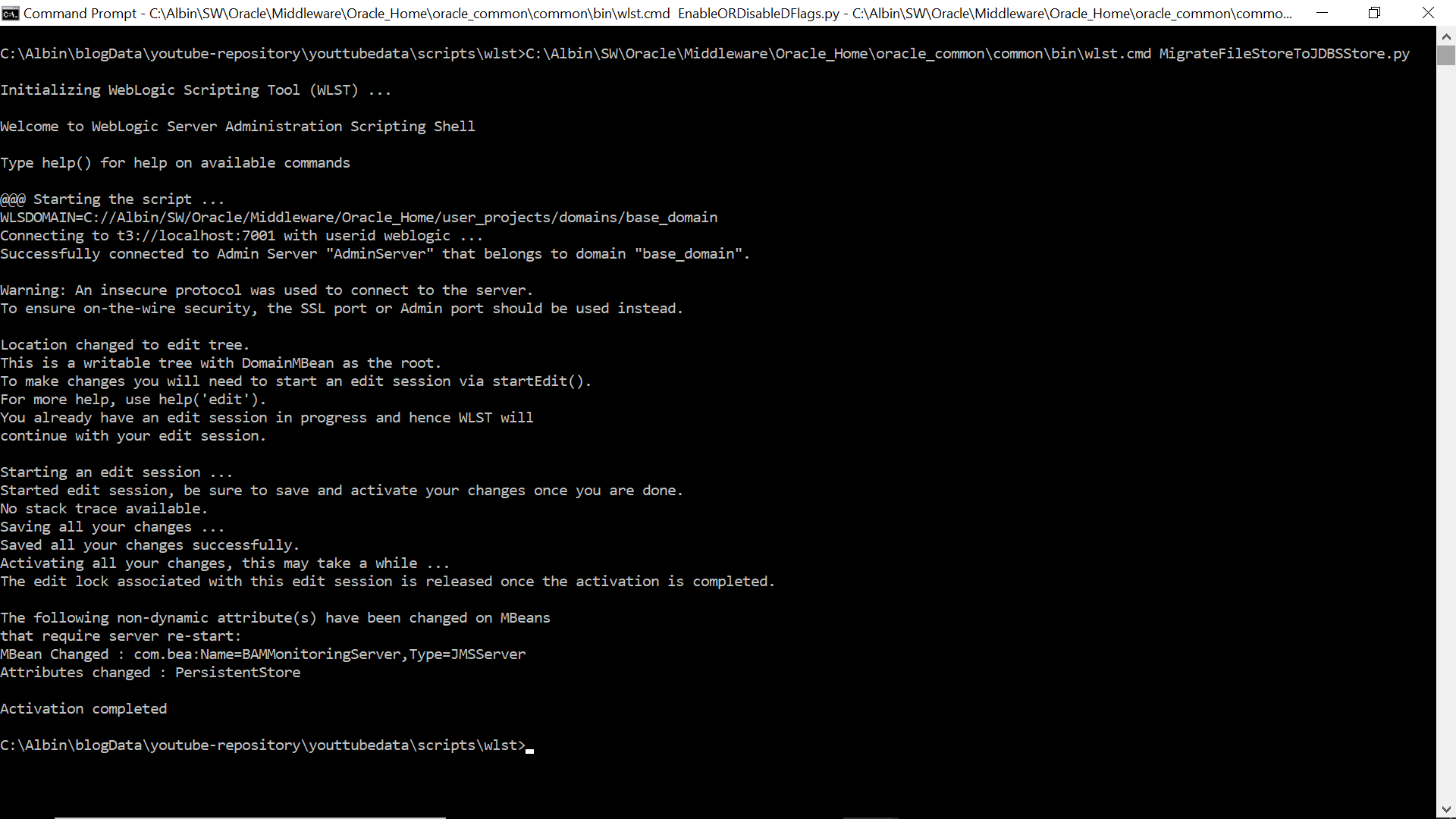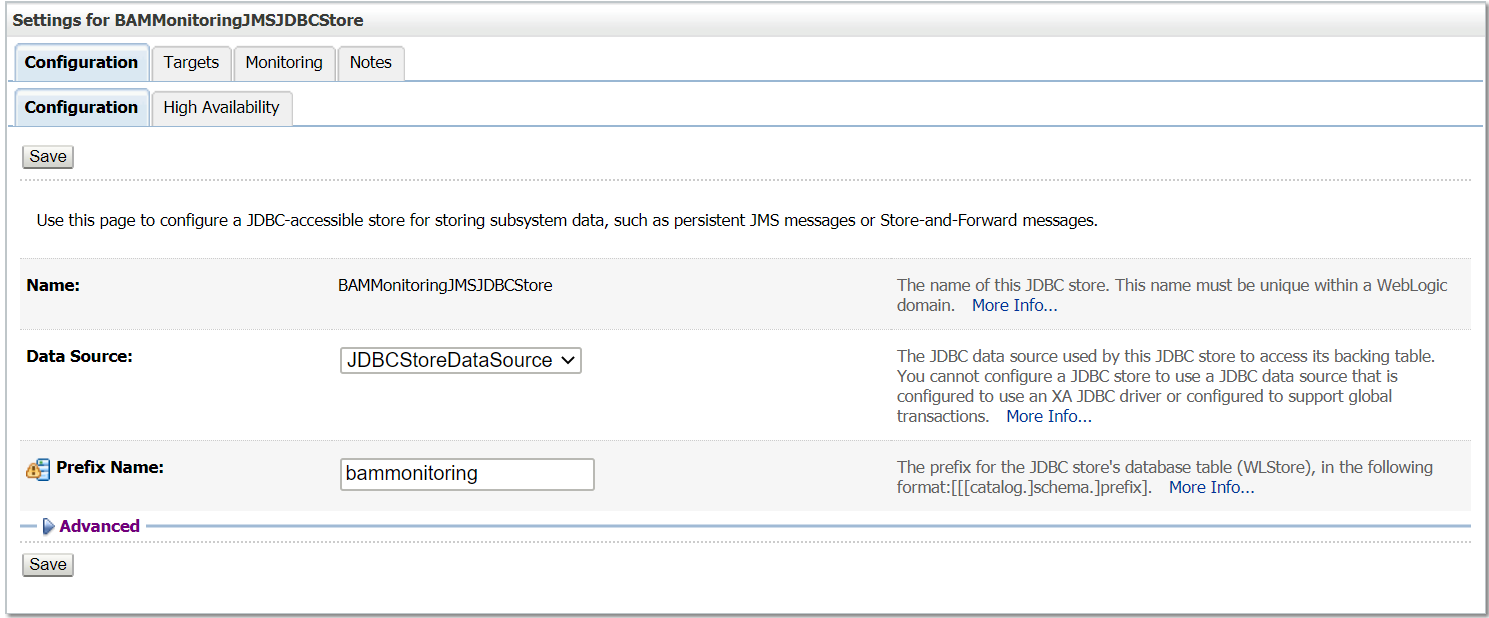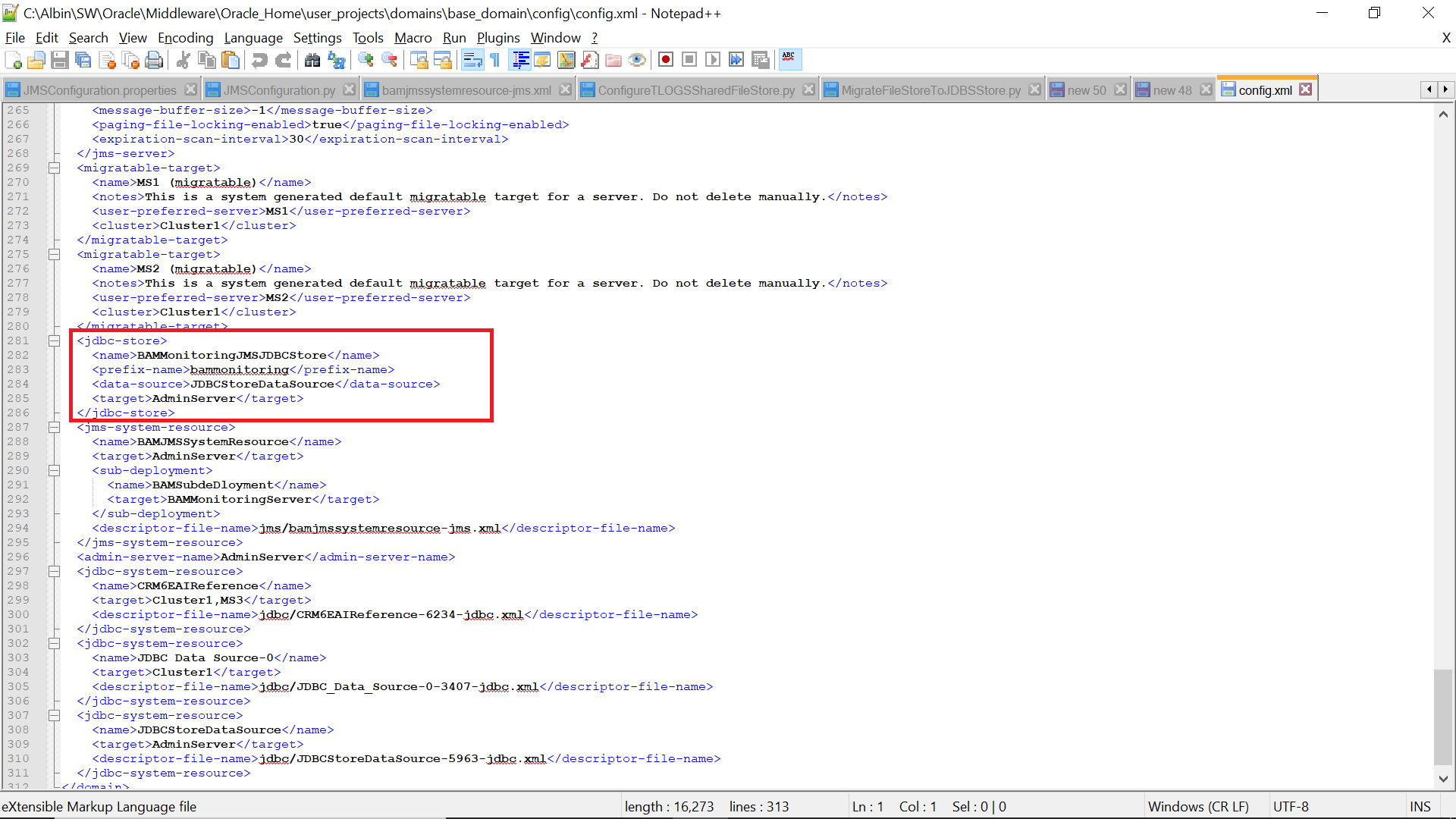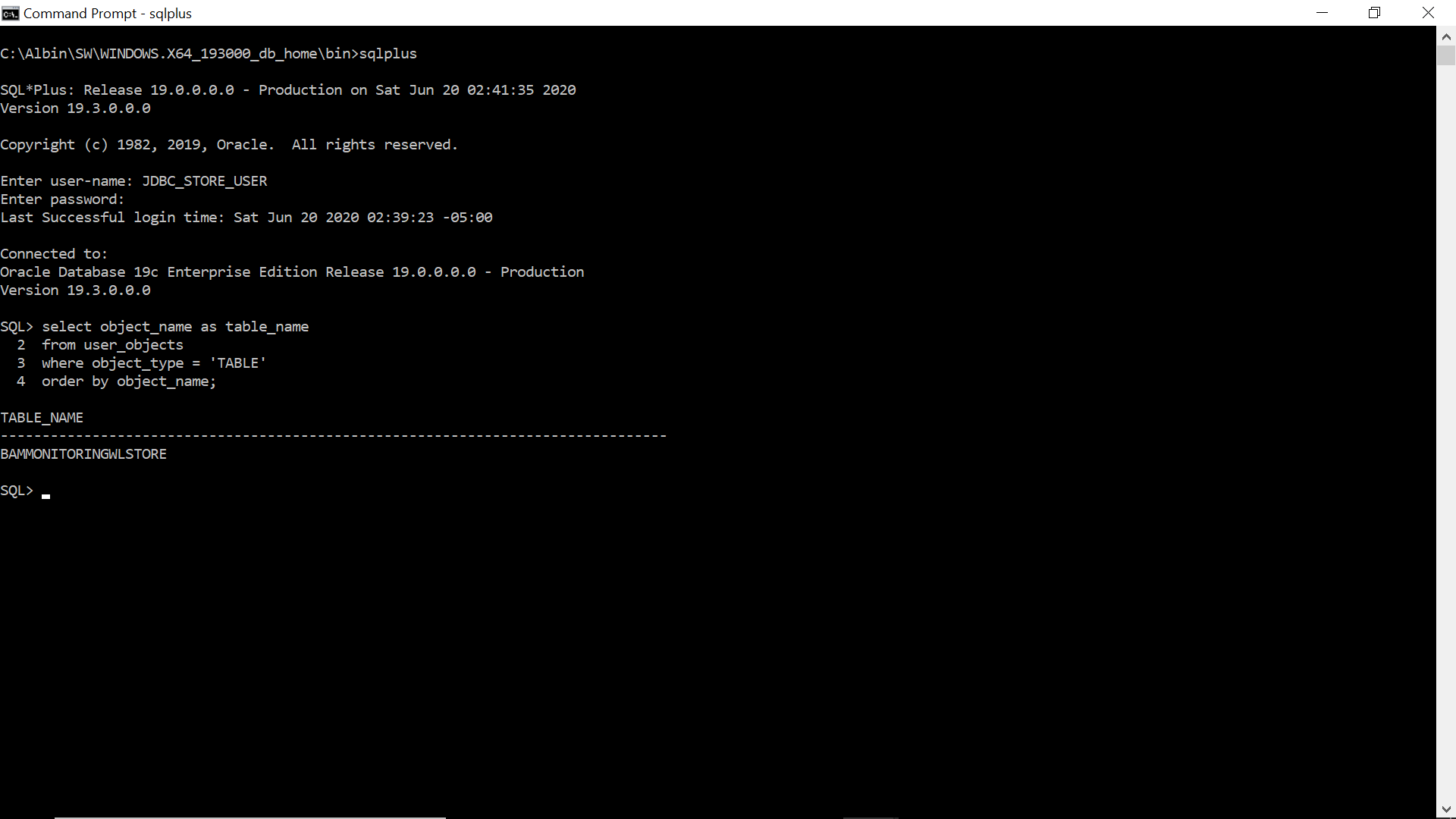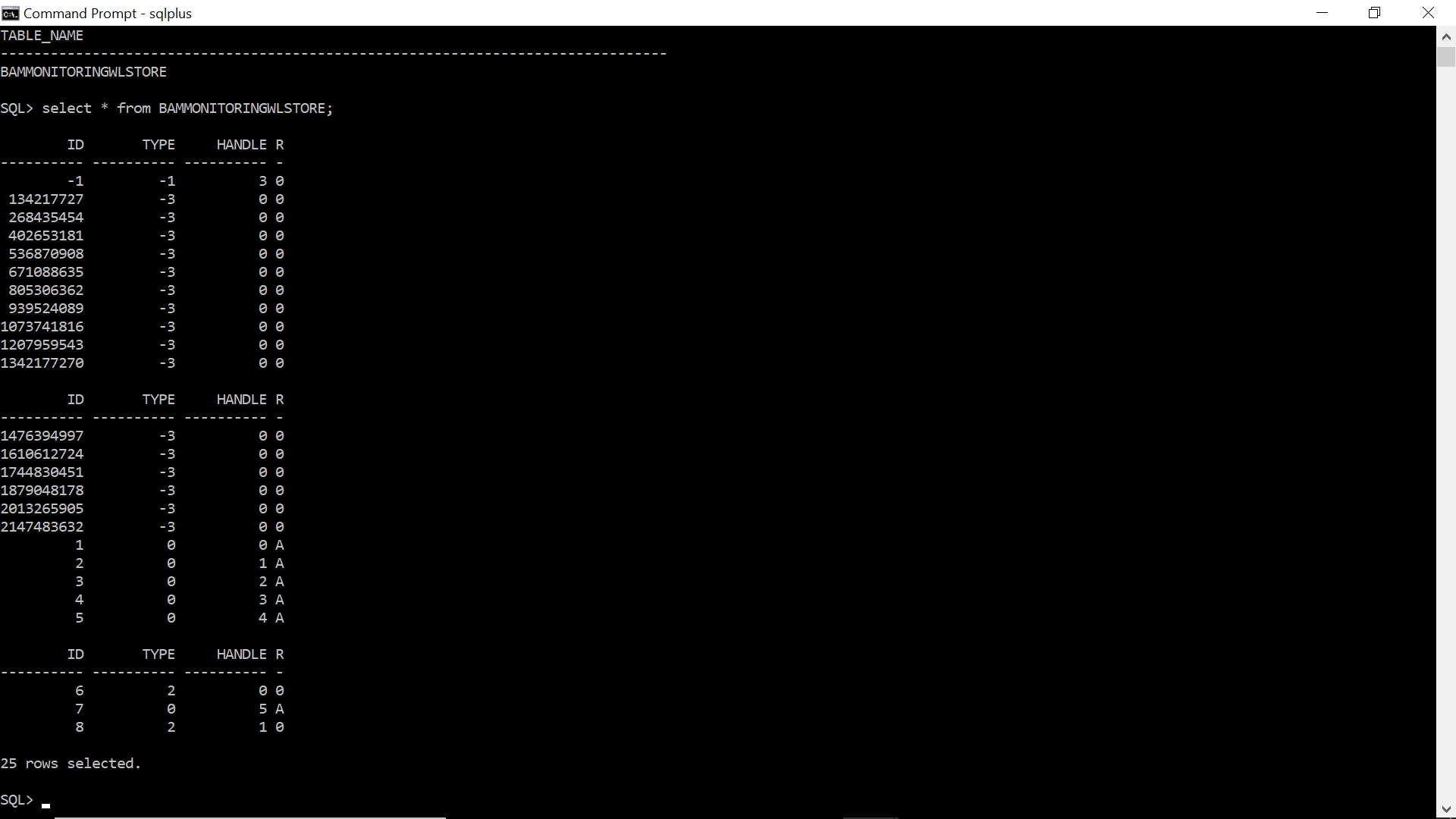Getting the XML form AUDIT_DETAILS table through Java- Oracle SOA Suite
In Oracle SOA Suite 11g or Oracle SOA Suite 12c when the Audit trail sizeof the BPEL instance is more then the configured Threshold value then the audit trails are stored in AUDIT_DETAILS table.The single instance will have multiple audit details.The XML documents in the AUDIT_DETAILS are compressed, this post will explain how to retrieve the XML documents from AUDIT_DETAILS through java.
package getpayloadweb;
import java.sql.Connection;
import java.sql.ResultSet;
import java.sql.Statement;
import java.util.Hashtable;
import javax.naming.Context;
import javax.naming.InitialContext;
public class GetPayload {
public GetPayload() {
super();
}
public static Connection getConnection() throws Exception {
Context ctx = null;
Hashtable ht = new Hashtable();
ht.put(Context.INITIAL_CONTEXT_FACTORY,"weblogic.jndi.WLInitialContextFactory");
ht.put(Context.PROVIDER_URL, "t3://localhost:8000");
ctx = new InitialContext(ht);
javax.sql.DataSource ds =(javax.sql.DataSource)ctx.lookup("jdbc/SOADataSource");
return ds.getConnection();
}
public static String getPayload() {
Statement stmt = null;
Connection connection = null;
ResultSet rs = null;
String query="select UTL_COMPRESS.LZ_UNCOMPRESS(b.bin) DOC from audit_details b where cikey='5148077' and rownum<2";
String payload = "";
try {
connection = getConnection();
stmt = connection.createStatement();
rs = stmt.executeQuery(query);
while (rs.next()) {
Blob blob=rs.getBlob("DOC");
byte[] sdata = blob.getBytes(1, (int) blob.length());;
payload = new String(sdata);
}
} catch (Exception e) {
e.printStackTrace();
} finally {
try {
if (rs != null)
rs.close();
if (stmt != null)
stmt.close();
if (connection != null)
connection.close();
} catch (Exception e) {
}
}
return payload;
}
}







